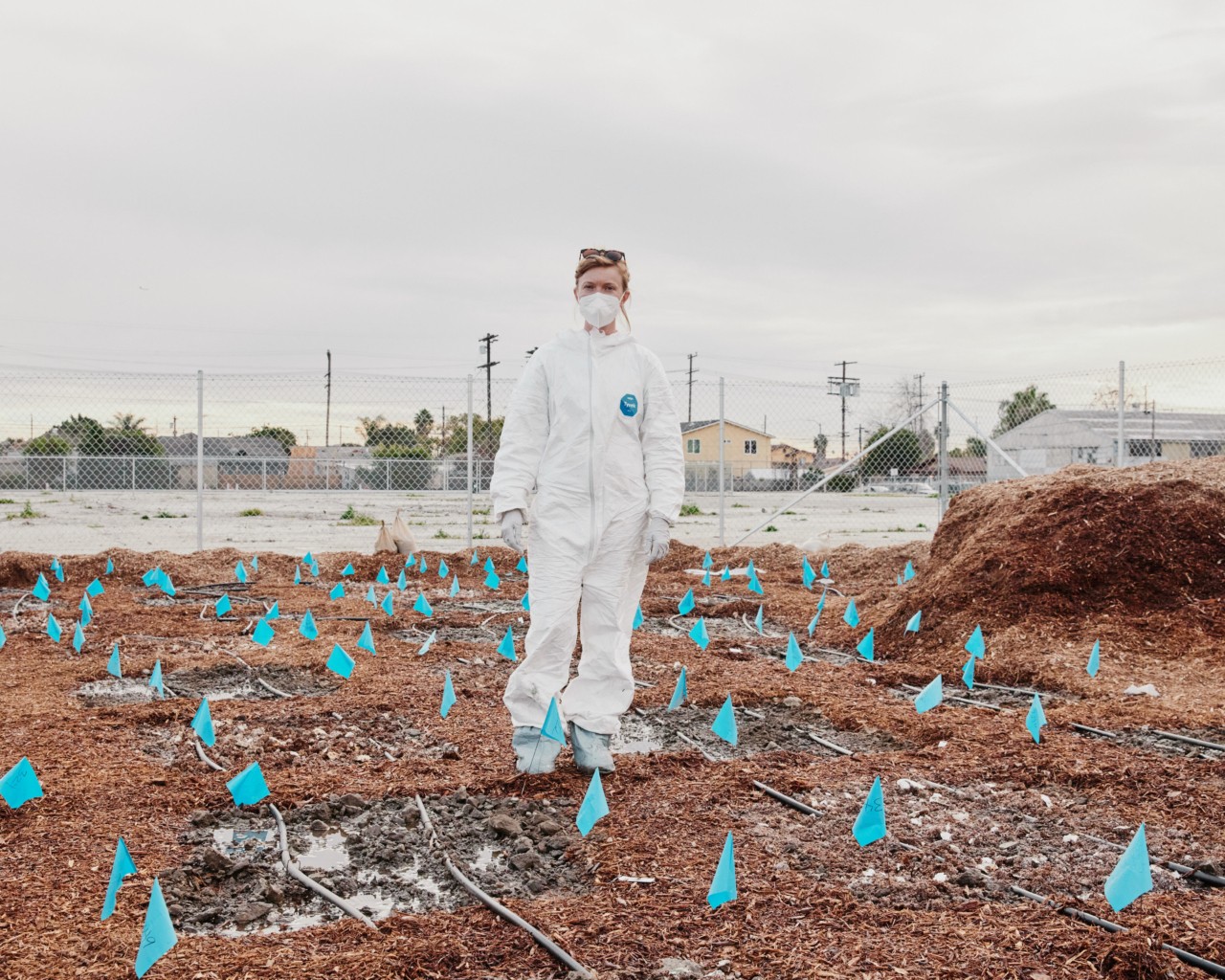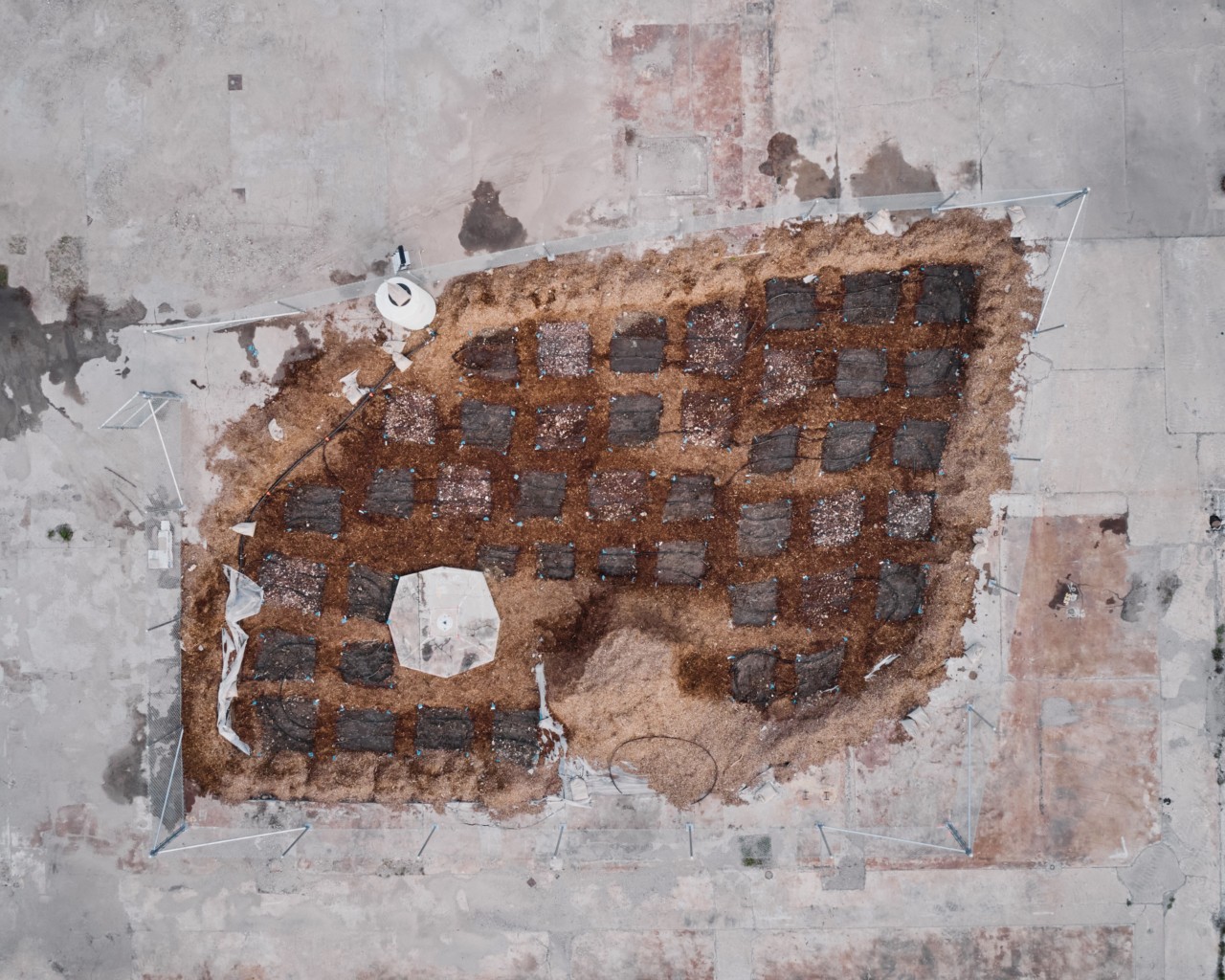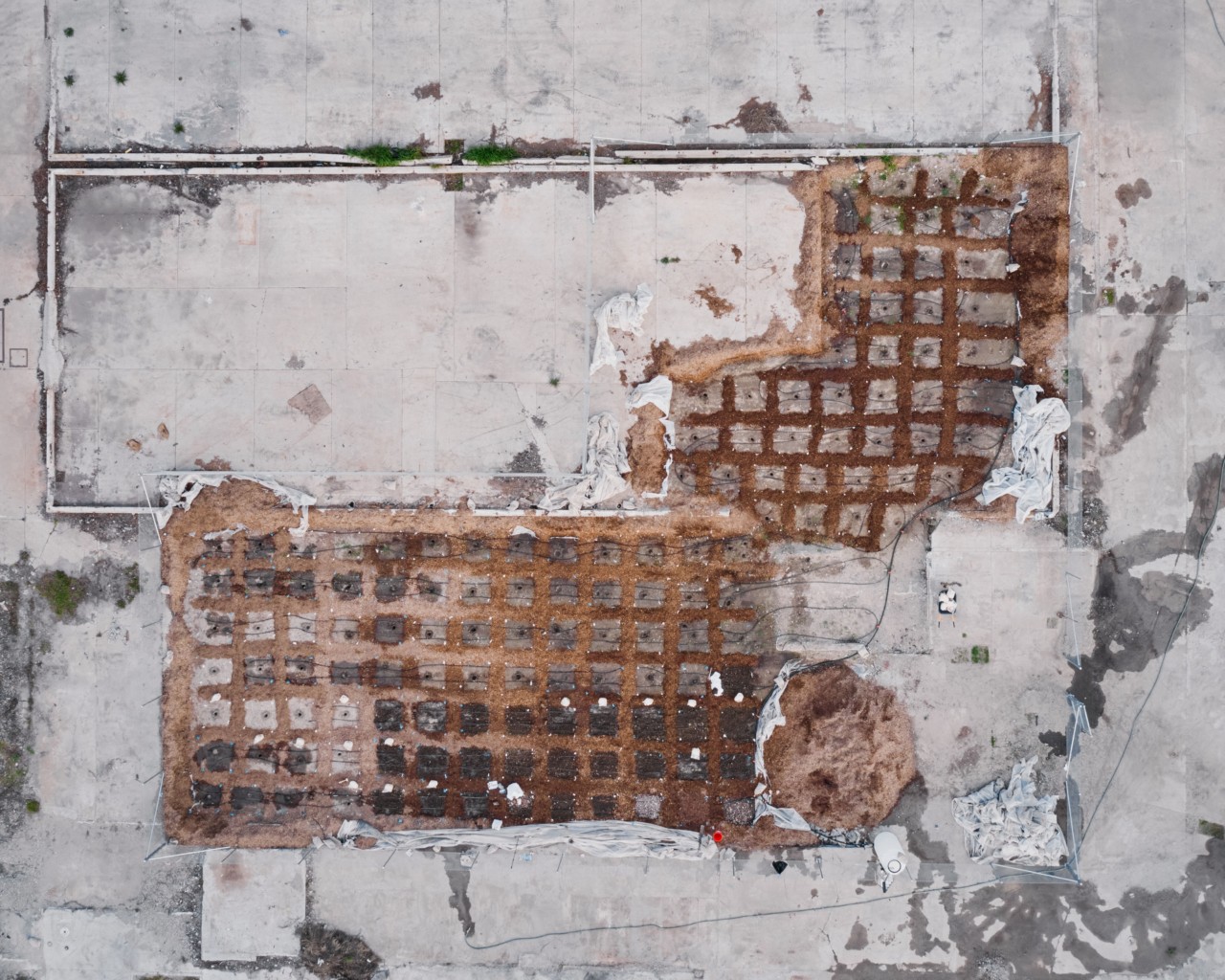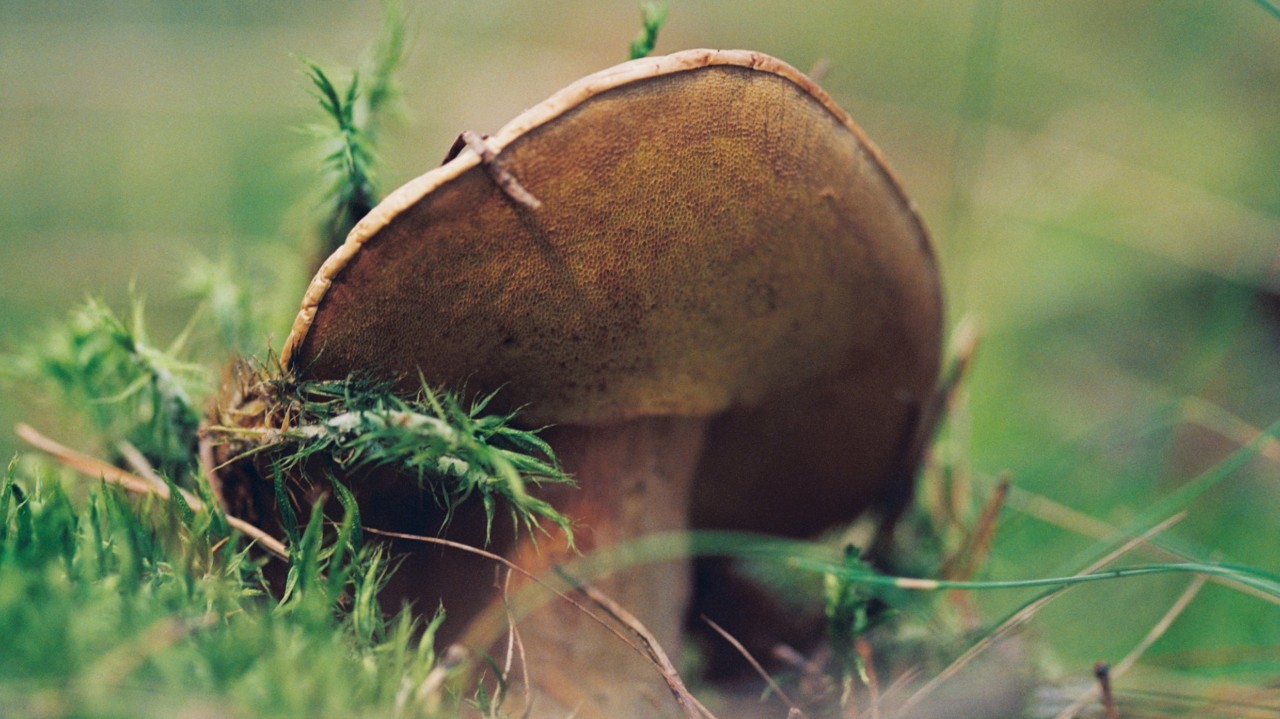
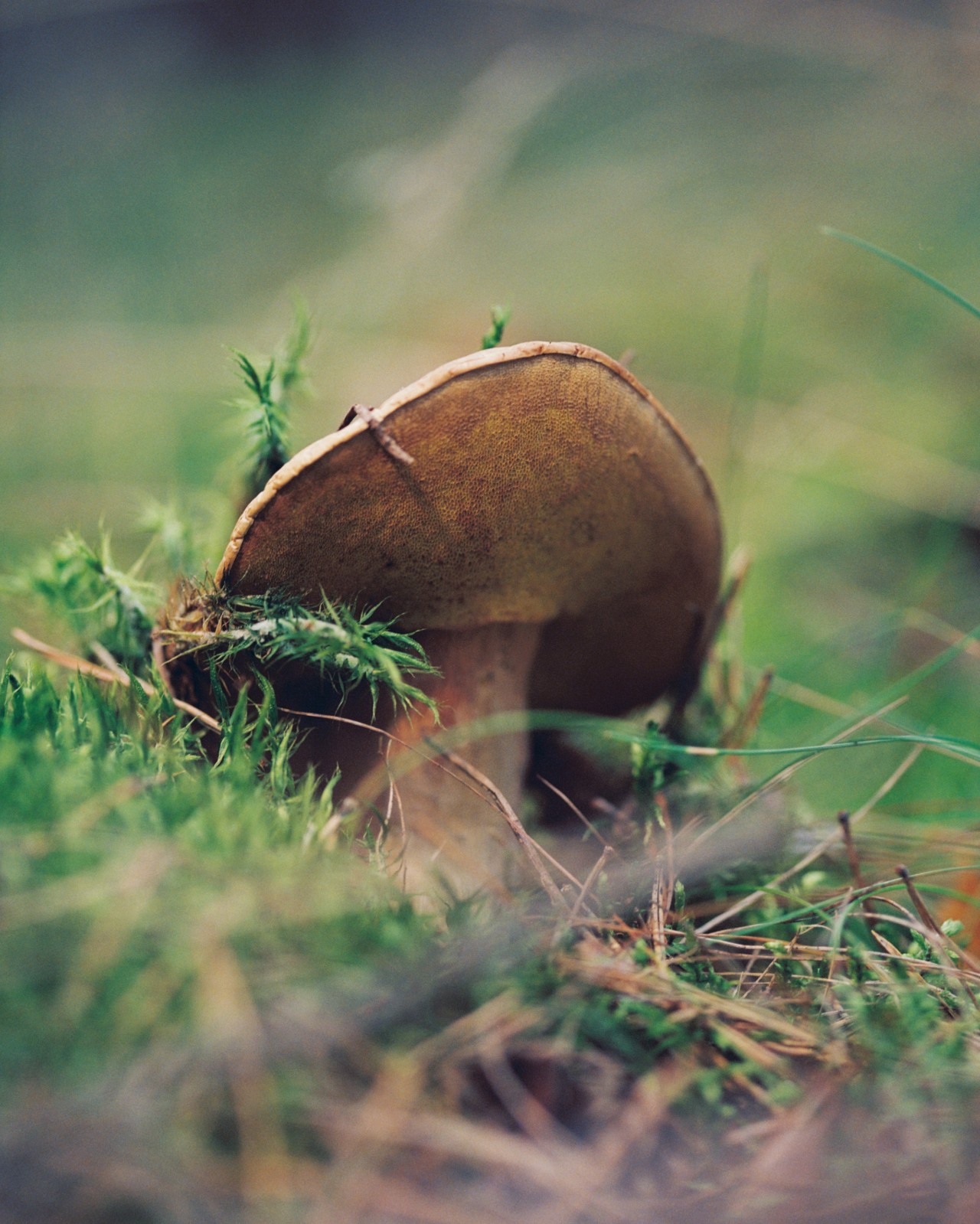
Photograph by Annette Apel / Connected Archives
WORDS BY MATTHA BUSBY
Environmental toxicologist Dr. Danielle Stevenson has been collecting soil samples amongst the rubble and ash that once formed a family’s home in Altadena, Los Angeles. When the near-apocalyptic LA fires scorched the abode in January, the incineration of its old pipes and electronic goods likely seeped carcinogenic arsenic and brain-damaging lead into the earth. Stevenson, a blonde 38-year-old who wears protective gear over her clothing, has skin in the game.
“The place I used to live burned down,” she said. But the Eaton and Palisades wildfires—which collectively burned more than 37,000 acres, destroyed more than 15,000 structures, and killed 30 people—propelled her work into the spotlight. “I was getting overwhelmed by messages from people saying, Can we apply what you figured out where our house burned down?” she said.
Stevenson works to remove toxins from contaminated soils by seeding the land with native plants and mushrooms: mainly species naturally found at polluted sites that can withstand degraded conditions. As Stevenson puts it, plants are designed to pull nutrients out of the soil, which means they can extract toxic chemicals, too. Fungi, meanwhile, excel at eating dead stuff; some decomposer mushroom varieties could be particularly adept at consuming petrochemicals and lead.
Her remediation technique is cutting edge, yet common sense. It’s also effective.
“I’ve seen amazing reductions in contaminants in relatively short times with very few inputs,” said Stevenson, who is from Ontario, Canada. “I really believe in this stuff.”
Since those deadly fires four months ago, federal clean-up crews have cleared the sites of some 4,000 former properties around LA. But while they are removing the top 6 inches of soil due to the inevitable presence of contaminants, they are controversially not testing the soil that they leave behind—seemingly in an attempt to speed up their work. Some of that topsoil will likely be dumped in another state with weaker environmental protections, like Utah or Arizona, without being treated—an inglorious practice known as “dig and dump”—though much of the fire detritus is deposited at in-state landfills.
Stevenson wants to demonstrate that a more sustainable way is possible. “We do not live in a Cartesian world,” she said. “You can’t just move things around.”
Rather than just storing up environmental issues for tomorrow, Stevenson founded the Centre for Applied Ecological Remediation and established the SoCal Post Fire Bioremediation Coalition to scale up her bootstrapped work in the post-burn aftermath. With climate change worsening wildfire risk, the importance of effective ecological remediation is only increasing.


Stevenson first trialed her technique in Taylor Yard, not far from Altadena. The former railyard was a polluted wasteland before Stevenson arrived in 2022. Situated a stone’s throw away from the perfectly manicured lawn of the LA Dodgers’ stadium, Taylor Yard site was bulldozed in 1988 and left completely devoid of life; the blunt hand of de-industrialization left in its wake an oil-soaked, obsolete land that Stevenson says could have been mistaken for Mordor. For years, the plateau sat idle—desolate, discontent, and spoiled by diesel and lead. Petrochemicals and toxic metals suffocated the land like tentacles.
But life finds a way. Just as fungi were found growing at Chernobyl, some decomposer shrooms naturally popped up at the old yard, too. And, they seem to draw up toxins.
Stevenson, then a doctorate student in environmental toxicology at the University of California, Riverside, planted blocks of old mushrooms and native plants at the site in an attempt to boost the few signs of life that remained. After three months, petrochemical pollution across an acre of land at Taylor Yard halved; those petrochemicals were practically undetectable after a year. She also replicated the study at two other LA sites: a former chroming facility and a former auto shop. She is currently applying the method on other kinds of contaminated sites, in Santa Ana and Oakland in California, and on brownfields in New Orleans.
Stevenson’s work has hit speed bumps. Following her last night of sampling in June 2023, her van, clad with the UC Riverside logo, was stolen, and with it all of her Ph.D. research. The vehicle was filled with bags containing contaminated plants and fungi marked as biohazards. “I found out months later that the police had destroyed and incinerated [the bags],” she said. “I can’t tell you how much time, sweat, and tears went into it all, and to have the final samples destroyed with no process.”
But like her hardy plants and fungi, Stevenson persisted. She is currently working to publish her findings in peer-reviewed journals, and her latest experiments on the LA fires could garner the support Stevenson needs to scale up.
“Danielle’s work with the LA fires is going to be another landmark experiment,” said Dr. Mia Maltz, an assistant professor of microbial ecology and soil health at the University of Connecticut who has collaborated on Stevenson’s research, with emerging studies suggesting fungi can have a dramatic effect on soil regeneration. “We’re doing a survey looking at the DNA and the soil nutrients and metals of what’s there now, before adding in the fungi,” Maltz said.
“It’s an emotional experience when you see signs of life beginning to return. It gives people hope.”
Maltz added that through trial and error, they have learned that the best approach is to first assess which microbes and plants are already present and can tolerate such extreme environments. Then, they “work with some of those species to be able to restore the degraded environment.”
Mimicking nature and giving existing biological processes a boost are the keys to success. Stevenson said, “We always have that combination of decomposer fungi, mycorrhizal fungi, and some plants to address the contaminants.” This typically triggers “a cycle of regeneration that’ll turn a super industrially contaminated site into a blooming meadow,” she added.
Independent ecologist Dr. Sam Gandy, who is applying for grant funding to conduct a mycoremediation field trial in the U.K., said that the budding sectors of bioremediation and mycoremediation are a source of hope. “We need to stop treating soil like dirt,” he said. “In some sense, this field is in the early proof-of-concept stage, but Danielle’s research has centered on field studies, which have shown that fungi and plants hold promise as agents of environmental cleanup in a real-world context.”
Although Stevenson said large corporations have been reticent to fund research into this promising new frontier, she is already dreaming of the potentially transformative power of a new mycoremediation economy. She works with a diaper company that just launched what it describes as the world’s first “self-decomposing” nappies, seeking to reduce the 18 billion diapers discarded in United States landfills each year. The diapers are seeded with plastic-eating fungi, which the company claims can decompose the discards into soil in just one year.
Another company, which Stevenson is not involved with, uses fungal mycelia—so-called “mushroom gold miners”—to filter precious metals from electronic waste. A different start-up has created mushroom coffins that biodegrade within 45 days.
The mycoeconomy could create a whole raft of new jobs if these methods prove effective. “There are contaminated sites everywhere, not being cleaned up, because conventional remediation is too expensive and isn’t feasible to address the scale of the problem,” she said. There are more than 450,000 brownfield sites in the U.S. alone.
It doesn’t have to be that way, Stevenson said. She recalled watching in awe as the sprouting of plants attracted worms, bees, and birds to return to the land at Taylor Yard after the growth of the fungi. “It’s an emotional experience when you see signs of life beginning to return,” she said. “It gives people hope.”

Correction,
May 6, 2025 10:33 pm
ET
This story was edited to correct the method of bioremediation at Taylor Yard. This involved planting old blocks of mushrooms and native plants; a previous version incorrectly said mushroom spores were sowed. The story was also updated to clarify that one acre of land at Taylor Yard was remediated, not the entire site.
How Toxin-Munching Mushrooms Are Restoring Polluted Brownfields
